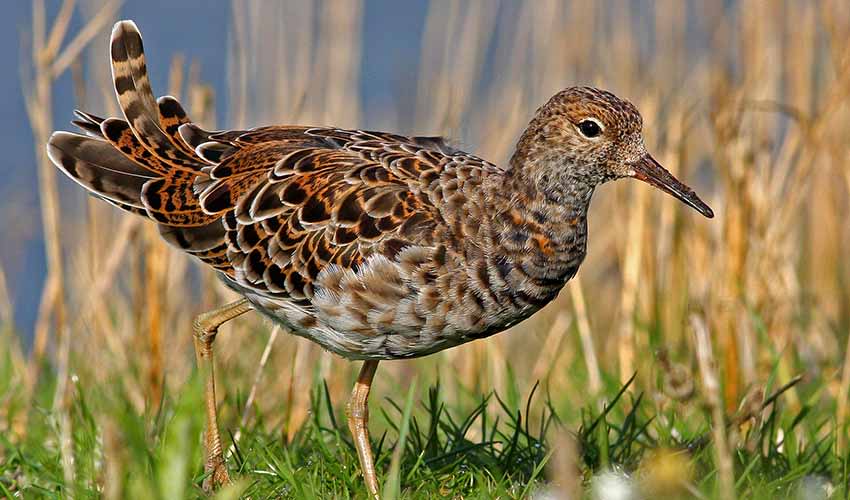Calidris – Typical sandpipers
Some have short, thick beaks for grabbing bugs, while others have long, thin ones for poking in the mud
Often referred to as sandpipers, this genus includes a diverse group of small to medium-sized shorebirds that are familiar sights along coastlines and mudflats around the world. These birds are particularly known for their slender bodies, relatively short legs, and long, pointed beaks, which vary in length and shape depending on the species. This variety in beak design demonstrates their specialization in feeding habits, as each species has adapted to a particular type of foraging in wet, sandy, or muddy environments.
These birds exhibit a variety of plumage patterns, but most dress in more subdued colors during the non-breeding season, displaying grays and browns that blend well with sandy shores and mudflats. During the breeding season, however, many species adopt brighter and more elaborate plumage with bold patterns of blacks, whites, and reds, which they use to attract mates in the Arctic tundras where they nest.
The social behavior of Calidris sandpipers varies widely. Some species are quite solitary, especially outside of the breeding season, while others form massive flocks that can number in the thousands. These large groups can be seen swirling in unison over beaches or mudflats, a behavior that is both a defense mechanism against predators and a way to maximize feeding efficiency.
Feeding is a critical part of life for these sandpipers, and their diet mainly consists of insects, crustaceans, and other small invertebrates. They use their sensitive beaks to detect and pluck food from the mud or sand, often following the rhythm of the tides to access food resources that are uncovered by receding waters. The precision with which these birds time their feeding with the tides is a remarkable example of natural instinct and adaptation.
Species in this genus
Spoon-billed sandpiper
One of the rarest birds in the world with feathers that change color depending on the season
Ruff
Looks ordinary—but transforms into one of the most extravagant birds during breeding season



